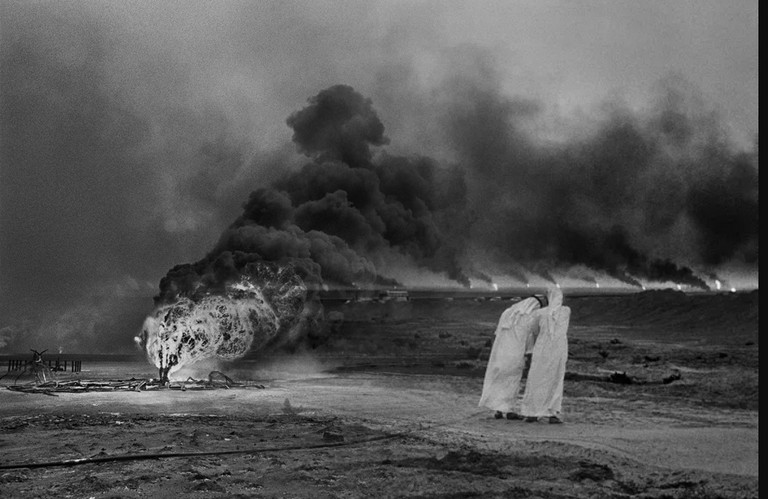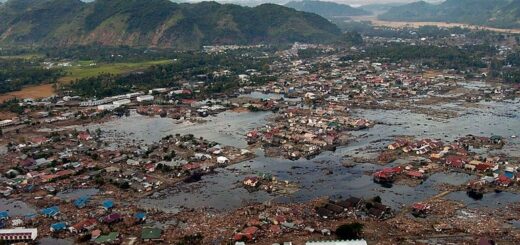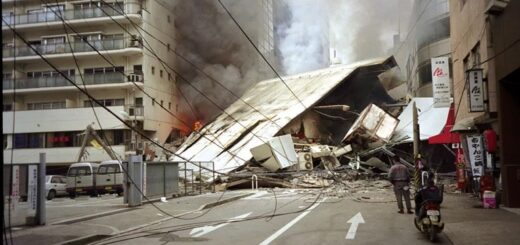Persian Gulf Oil Inferno – March 1991

At the beginning of August 1990, Iraqi troops invaded Kuwait in order to gain control of its oilfields and make it a province of Iraq. The Persian Gulf oil inferno of 1991 refers to a series of environmental disasters that occurred during the Gulf War. In the closing days of the conflict, Iraqi forces, retreating from Kuwait, deliberately set fire to numerous oil wells and storage facilities in Kuwait, creating one of the largest environmental catastrophes in history.
The retreating Iraqi forces, led by Saddam Hussein, ignited over 600 oil wells and damaged several oil facilities in Kuwait between January and February 1991. The deliberate act of setting the oil wells ablaze had devastating consequences for the environment, human health, and the economy of the region.
The fires released enormous amounts of thick, black smoke and toxic fumes into the atmosphere, creating severe air pollution. The oil fires burned for several months, and efforts to extinguish them were complicated by the scale of the disaster and the hostile post-war conditions. International teams, including firefighters and experts from various countries, were deployed to Kuwait to tackle the fires.
The environmental impact was extensive, with damage to ecosystems, soil, and water sources. The oil that spewed into the Persian Gulf posed a threat to marine life and coastal ecosystems. The smoke and soot from the fires also had a negative impact on air quality, causing respiratory problems and other health issues for those living in the affected areas.
The Gulf War oil fires were eventually brought under control, but the long-term environmental effects lingered. Efforts to restore and rehabilitate the affected areas continued for years. The incident highlighted the potential environmental consequences of war and the importance of international cooperation in addressing such crises.








